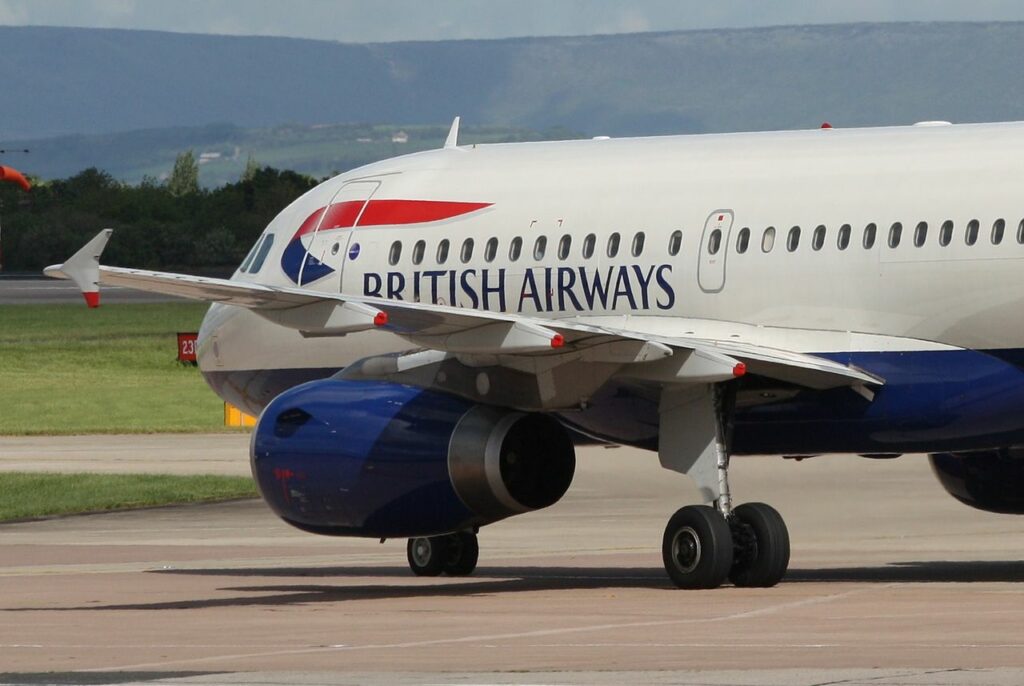The UK’s largest international airline, British Airways, has chosen CEFA Aviation’s Flight Animation System (FAS) to help visualize flight events.
The CEFA FAS is an analysis and investigation tool which uses flight recorder data to offer a realistic view of a just-completed flight and the complex chain of events experienced by the pilots.
“For British Airways, safety and security is one of our core values, and the airline has long been at the forefront of safety and training innovation.”
“CEFA’s animation tool will be an important new element of the Management System to facilitate greater awareness and enhanced mitigation of flight safety risk across our teams and aircrews,” said Captain John Monks, Director of Safety and Security for British Airways.

40 million passengers a year
The airline flies around 40 million passengers a year to more than 60 countries on its modern fleet of almost 300 Airbus and Boeing aircraft types. The airline employs around 4,000 pilots.
British Airways is a founding member of the OneWorld Alliance. Other CEFA Aviation customers in the Alliance include Alaska, American, Cathay Pacific, Iberia, Japan Airlines, Qantas, Qatar, Royal Air Maroc, and Royal Jordanian.
The CEFA FAS is the most widely used flight visualization software in the world. FAS uses readily available data from aircraft flight recorders and transforms the data into a detailed, accurate depiction of the events of a flight, including incidents or accidents.
[monsterinsights_popular_posts_inline]
The purpose is to raise awareness to safety concerns or familiarization of challenging airports by sharing ‘lived’ experiences.
The FAS software can generate type-specific cockpits with advanced flight instrument panels, as well as external 3D views of the aircraft and terrain. It can reproduce any phase of flight: take-off, approach, landing, go-arounds, etc.
“Interpreting data without factoring in human actions and reactions can prove too simplistic,” explained Dominique Mineo, Founder and CEO of CEFA Aviation.
“CEFA FAS goes beyond the mathematical and logical FOQA/FDM* approach by recreating the situations experienced by pilots as accurately as possible.”
For nearly a quarter-century, CEFA Aviation has been developing tools to assist airlines, aircraft manufacturers, regulatory authorities and investigators in the prevention and analysis of safety factors in commercial aviation.
In addition to British Airways and OneWorld Alliance partners, CEFA Aviation clients included 100+ airlines on five continents.
Airlines include Air France, Air New Zealand, Delta, Emirates, FedEx, Gol, jetBlue, Korean Air, Lufthansa, Southwest, Swiss, Ryanair, Turkish, United, Vietjet, and Vueling.
It also includes investigative bodies such as the French Bureau of Enquiry and Analysis for Civil Aviation Safety (BEA).
About the Flight Data Recorder
Flight Data Recorder (FDR), also known as a “black box”, is a device installed in aircraft to record various types of data related to the flight.
The FDR is typically located in the tail of the aircraft, where it is most likely to survive in the event of a crash.
The information that an FDR records includes:
- Flight parameters: This includes data on the aircraft’s altitude, airspeed, heading, vertical acceleration, pitch, and roll.
- Engine performance: The FDR records data on the engine’s power settings, such as throttle position and fuel flow, as well as the temperature and pressure of various engine components.
- System status: The FDR records the status of various systems on the aircraft, such as the landing gear, flaps, and other control surfaces.
- Cockpit voice recording: In addition to flight data, the FDR also records audio from the cockpit area, including conversations between the pilots and any other sounds or noises that occurred during the flight.









